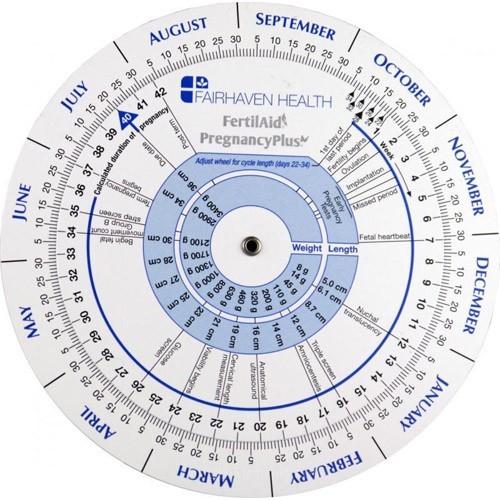
Babies can be born at any time, and many factors play a role in determining when you go into labor and when your baby will actually enter the world. Your due date is the day you’re expected to give birth based on this 38-week gestation process.īut keep in mind that healthcare providers consider a pregnancy to be full-term anywhere between 37 and 42 weeks. It takes about 38 weeks (266 days) for human babies to develop fully in the womb. When you visit your provider, they may give you a different due date based on the size of your baby on ultrasound and the date of your last period. But these methods aren’t always accurate. You can calculate your due date at home using a couple of different methods. It also gives your provider essential information they need to monitor your health and your baby’s health.

It helps you plan and prepare for your baby’s arrival. Knowing your due date is important for several reasons. Very few babies are actually born on the day they were due. But keep in mind that your due date is only an estimate. By calculating your due date, you’ll have an idea of your baby’s birthday. In the case of triplets, we subtract 49 days from that number.A due date calculator helps you estimate when your baby will be born. In the case of twins, we subtract 21 days from that number. In cases of multiple gestations (twins, triples, etc.) the IVF due date formula changes since a more significant number of gestations raise the risk for a shorter pregnancy.Īfter using the rule above of adding 266 days (minus 3 days in a 3-day embryo, minus 5 days in a 5-day embryo) Only about 5% of babies arrive on their estimated due date. That’s why you need constant communication with your physicians and fertility doctor and midwife during the pregnancy period. Therefore, the IVF due date calculation is an estimate, likely to be within +/- 2 weeks accuracy.Įstimating a baby’s due date of the day with the help of an IVF due date calculator aids the pregnant mother herself, in general terms, in planning her pregnancy.Įvery pregnancy is individual and unique in its way, thus prognosis can not be the same for every IVF pregnancy due date. Since the embryo is considered to be 5 days already “old” 261 days are added to the transfer date in this case instead of 266 days. The embryo is transferred 5 days after fertilization. Transfer date + 263 or Transfer date + 266 – 3 Day 5 embryo/blastocyst transfer or day 5 FET Since the embryo is considered to be 3 days already “old,” 263 days are added to the IVF transfer date in this case instead of 266. In this case, where eggs are retrieved from the mother rather than a donor, and then fertilized in the lab, 266(38 weeks) days are added.Įgg retrieval date + 266 days Day 3 embryo transfer or day 3 FET (Frozen Embryo Transfer)Īn embryo consisting of several cells is transferred 3 days after fertilization. To use the IVF due date calculator you need an exact date of one of the following: IVF with own eggs The start dates are scheduled and due date calculation is possible just by adding 266 days to the egg retrieval or embryo transfer date. Therefore, tracking ovulation is not needed like it is for a natural pregnancy. On the other hand, in the case of IVF, everything is much easier since we know the exact date of conception as it is done artificially in the lab. Just by adding the average period of pregnancy – 280 days to the start date of the last menstrual period, you can get the estimated date of birth. IVF Due Date Calculator – mathematical method


 0 kommentar(er)
0 kommentar(er)
